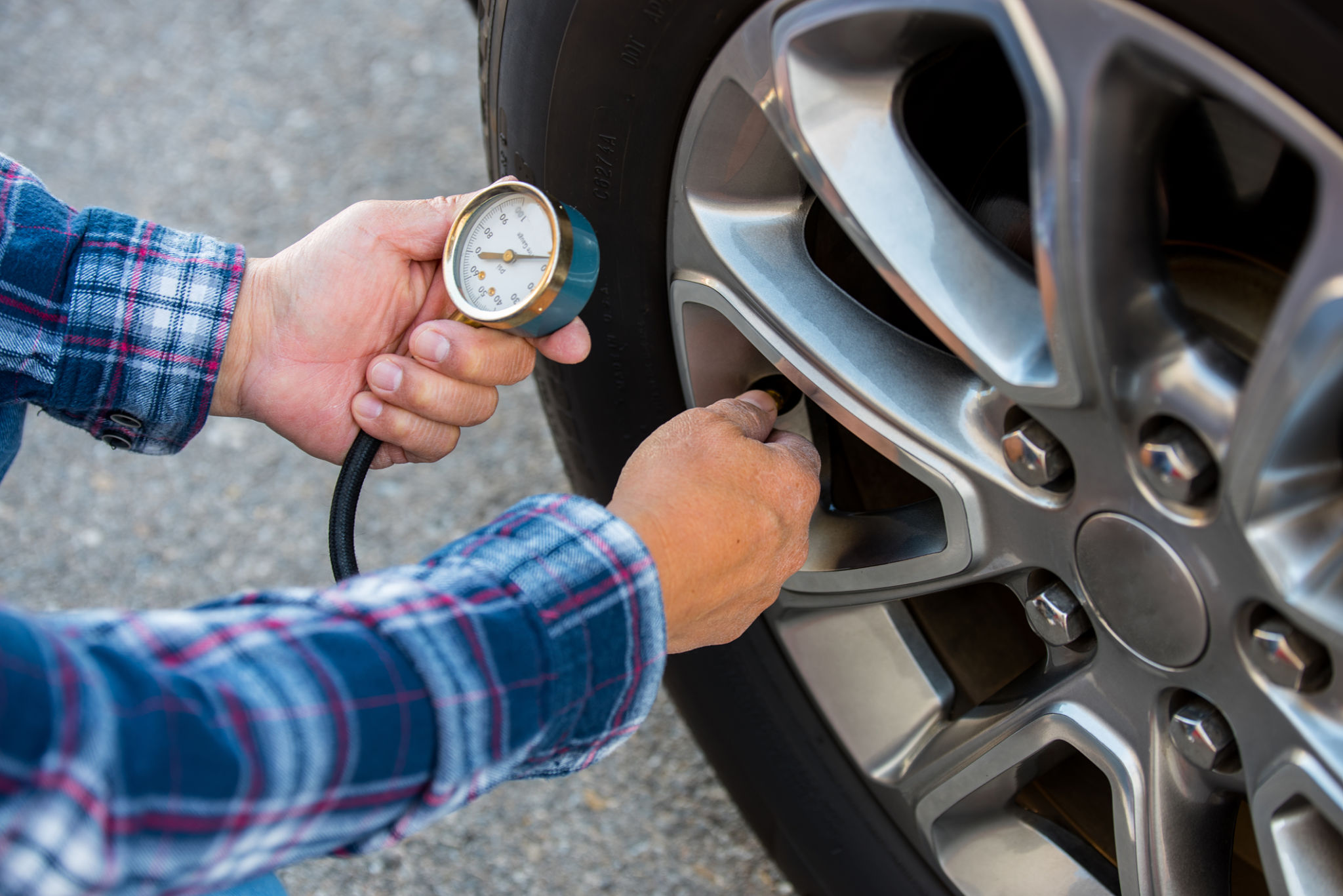Seasonal Tire Maintenance: Preparing for Winter Conditions
Understanding the Importance of Seasonal Tire Maintenance
As winter approaches, ensuring your vehicle is ready for unpredictable conditions becomes crucial. One of the most critical aspects of winter preparation is seasonal tire maintenance. Properly maintained tires not only enhance safety but also improve the overall performance of your vehicle during harsh winter months.
Tires are the only contact point between your vehicle and the road, making their condition paramount for safe driving. Winter weather presents unique challenges, such as snow, ice, and slush, which require specific tire characteristics to navigate safely.

Inspecting Your Tires for Winter Readiness
Before the first snowfall, it's essential to inspect your tires for wear and tear. Check the tread depth to ensure it meets the recommended level for winter conditions. A tread depth of at least 6/32 inches is advisable for effective traction on snowy roads.
Additionally, inspect the sidewalls for any signs of damage such as cracks or bulges. These can compromise the tire's integrity and lead to potential blowouts or leaks during cold temperatures. If you notice any issues, consider replacing your tires before winter sets in.
Ensuring Proper Tire Pressure
Maintaining the correct tire pressure is vital, especially in winter. As temperatures drop, tire pressure can decrease, leading to reduced traction and increased fuel consumption. Regularly check your tire pressure using a reliable gauge and ensure it matches the manufacturer's specifications.

The Benefits of Winter Tires
While all-season tires can perform adequately in mild winter conditions, winter tires offer superior performance when temperatures consistently drop below 45°F (7°C). These tires are specifically designed with unique rubber compounds and tread patterns to provide optimal grip on snow and ice.
Winter tires have deeper tread depths and more sipes—small slits in the tread that increase traction. This design allows them to better channel snow and slush away from the tire's surface, reducing the risk of hydroplaning and improving control.
Rotating Your Tires
Regular tire rotation is another crucial aspect of seasonal tire maintenance. Rotating your tires helps ensure even wear, which extends their lifespan and maintains balanced handling. For optimal results, consider rotating your tires every 5,000 to 7,000 miles, or as recommended by your vehicle's manufacturer.

Additional Tips for Winter Tire Care
Beyond basic maintenance, there are additional steps you can take to care for your tires during winter. First, consider investing in a set of tire chains if you frequently drive in heavy snow or mountainous regions. Chains offer unparalleled traction in severe conditions.
Furthermore, regularly clean your tires and wheels to remove salt and debris that can cause corrosion over time. A simple wash with soap and water can help preserve their condition and performance throughout winter.
Planning Ahead
Lastly, don't wait until the first snowfall to start thinking about tire maintenance. Plan ahead by scheduling a tire inspection with a professional technician. They can provide expert advice tailored to your specific driving needs and ensure your vehicle is ready for whatever winter throws your way.
By taking these proactive steps, you can enhance safety, improve vehicle performance, and enjoy peace of mind during the challenging winter months.